Astronauts on the Fram2 mission took the first medical X-rays while in orbit. MIT Associate Professor Lonnie Petersen explains how these images can help enable safe and healthy longer-term missions in space.
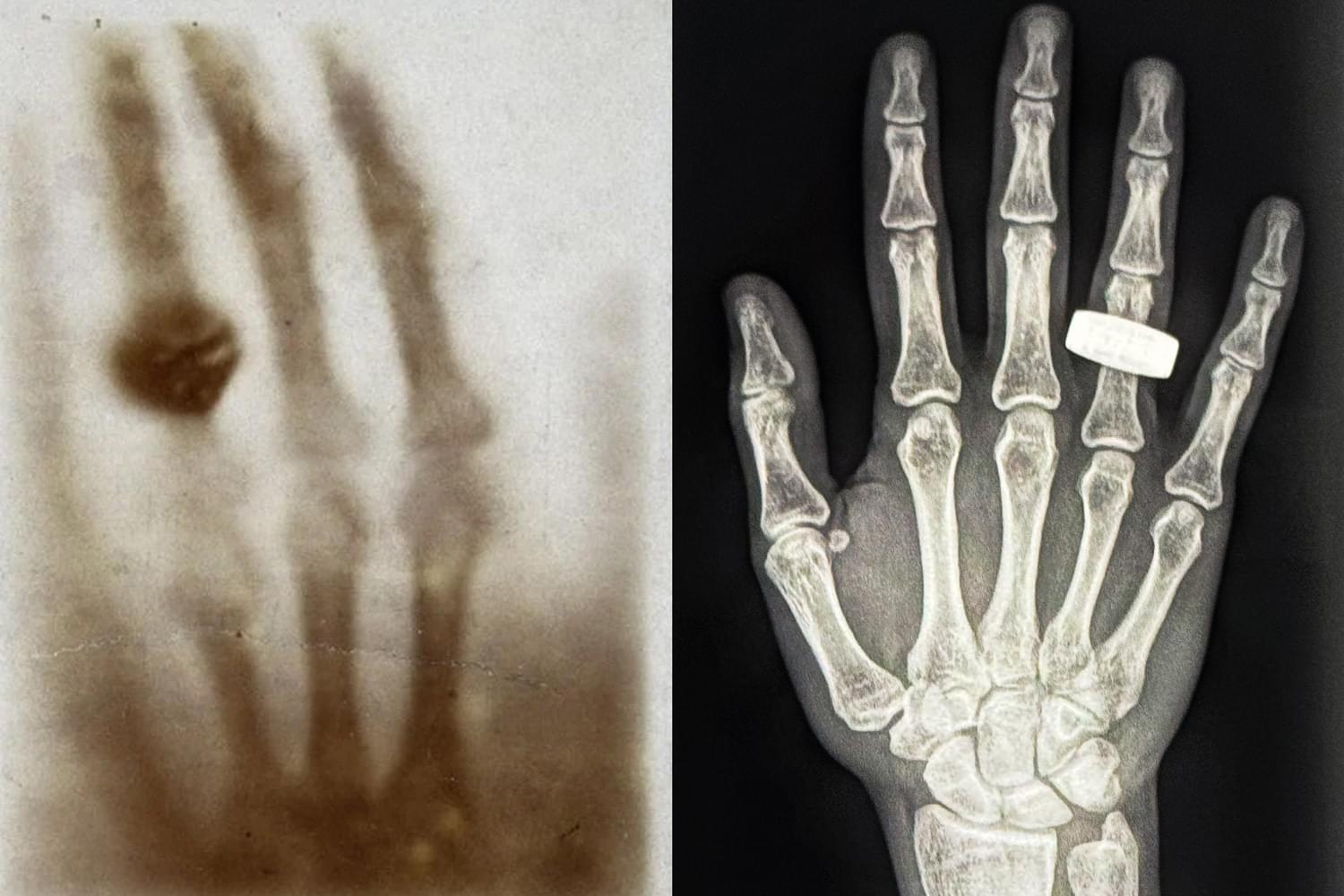

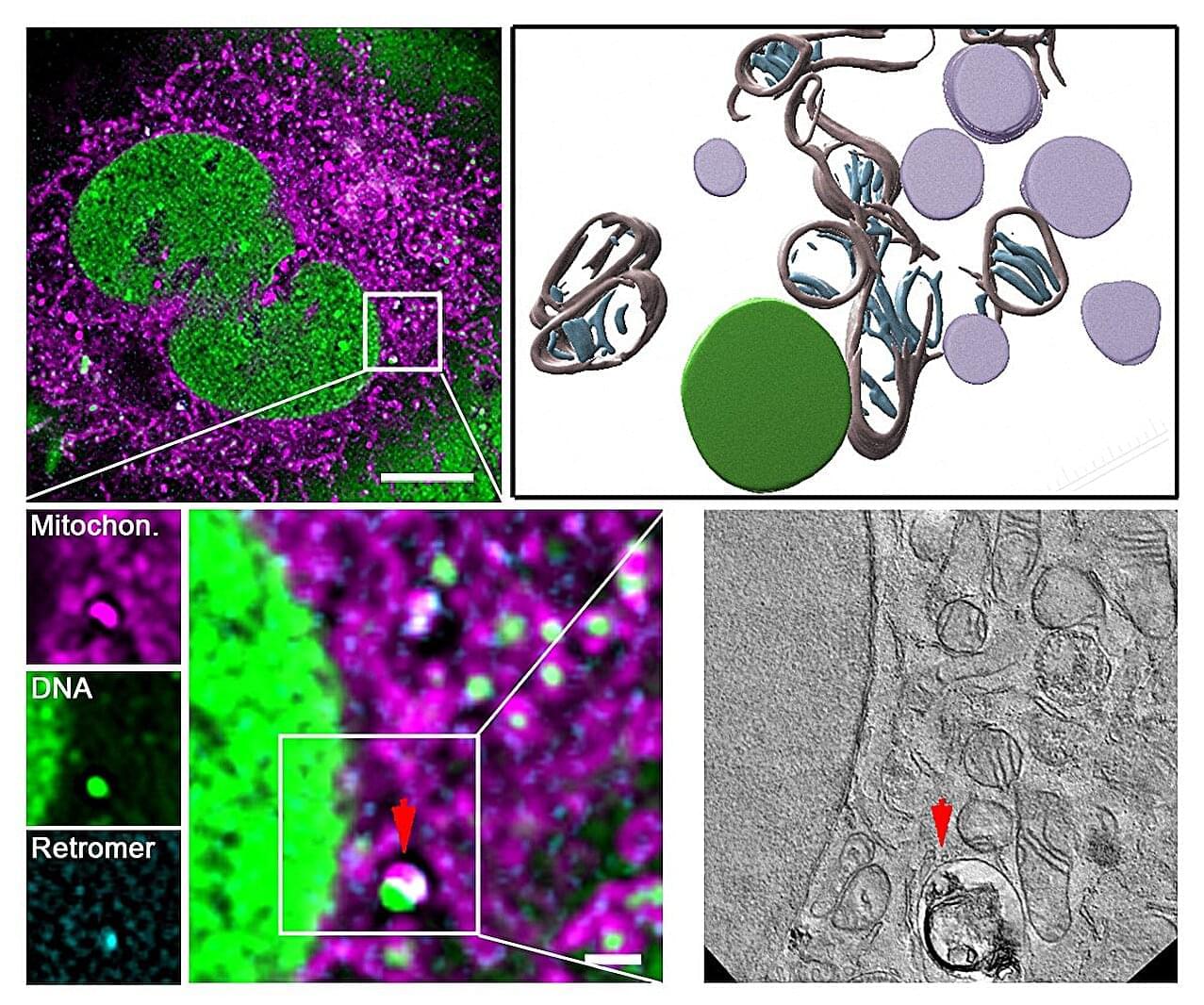
Damage to the genetic material of mitochondria—the mitochondrial DNA or mtDNA for short—can lead to diseases such as Parkinson’s, Alzheimer’s, amyotrophic lateral sclerosis (ALS), cardiovascular diseases and type 2 diabetes. Such damage also speeds up the aging process. However, the cells are normally capable of identifying such damage and reacting.
Scientists from University Hospital Düsseldorf and HHU have—in collaboration with the University of Cologne and the Center for Molecular Medicine Cologne (CMMC)—discovered a mechanism which protects and repairs the mitochondria. The research team, headed by Professor Pla-Martín from the Institute of Biochemistry and Molecular Biology I at HHU, has identified a specialized recycling system, which cells activate when they identify damage to the mtDNA.
According to the authors in Science Advances, this mechanism relies on a protein complex known as retromer and the lysosomes—cell organelles containing digestive enzymes. These special cellular compartments act like recycling centers, eliminating the damaged genetic material.
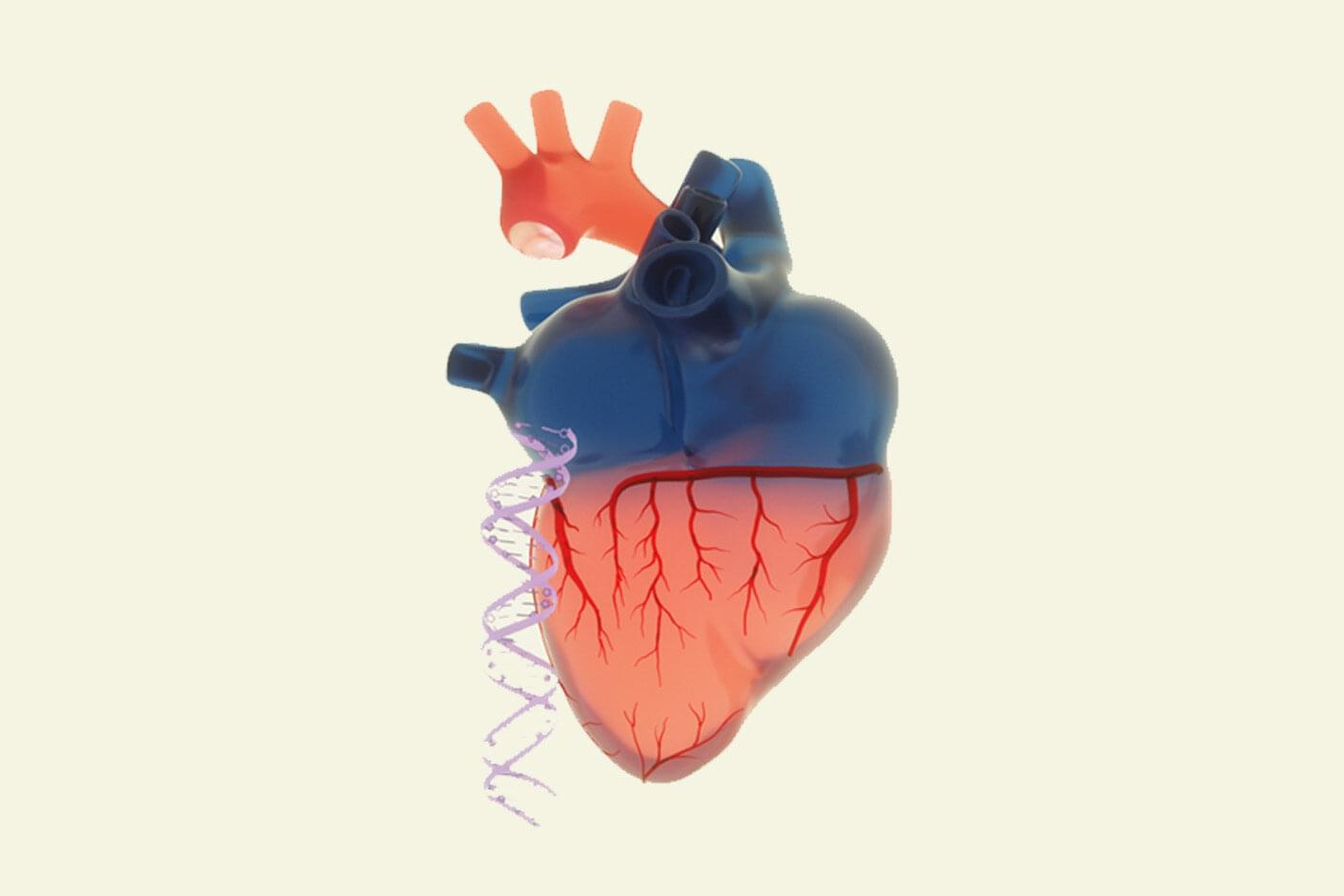
Most people have right-dominant hearts—which to a doctor or a researcher means they have an artery that extends from the right side of their hearts to supply oxygenated blood to the back side. For some people, this artery, called the posterior descending artery, comes from the left side or from both directions. A study has found that the gene CXCL12 is connected to this artery’s formation and that its directional pattern is set very early in human development.
The findings, reported in the journal Cell, represent a step toward developing “medical revascularization,” a long-term goal of Stanford researchers to create a treatment for blocked or limited-flow arteries by growing new ones to compensate.
“For the first time, we have evidence of a gene that regulates the development of one of the most important types of arteries in the human body,” said Kristy Red-Horse, co-senior author of the study and biology professor in the Stanford School of Humanities and Sciences. “And if we know the development pathways of these important arteries, then we can perhaps regrow them by reintroducing these pathways in a diseased heart.”
On August 21, 2023, my 70th birthday, I, Rev. Ivan Stang, used RunwayML and Wombo Dream on my phone to make this A.I. video for the classic song \.


Likes, — theimagehs on February 17, 2025: Tacornacↄacnt city first scene.
Created by @theimagehs.
Midjourney July creations next to @klingai_official 1.6 @freepik

Children with autism spectrum disorder (ASD) often experience social communication impairments and engage in restricted and repetitive behaviors (RRBs). Early identification of these symptoms is critical for timely intervention, but detecting RRBs, in particular, remains a challenge.
Previous studies using eye-tracking methods have revealed that children with ASD tend to favor non-social stimuli over social ones, a preference that aligns with ASD symptoms. However, the developmental timeline of this preference—especially regarding repetitive versus random movements—remains poorly understood.
Research has shown that children with ASD may spend more time observing repetitive movements, a key characteristic of RRBs, but the underlying reasons for this preference and how it evolves over time remain unclear. This gap in understanding presents a significant challenge for accurately diagnosing and addressing the sensory and behavioral traits associated with ASD in young children.

Dr. Richard Lieu, a physics professor at The University of Alabama in Huntsville (UAH), a part of The University of Alabama System, has published a paper in the journal Classical and Quantum Gravity that proposes a universe built on steps of multiple singularities rather than the Big Bang alone to account for the expansion of the cosmos.
The new model forgoes the need for either dark matter or dark energy as explanations for the universe’s acceleration and how structures like galaxies are generated.
The researcher’s work builds on an earlier model hypothesizing that gravity can exist without mass.
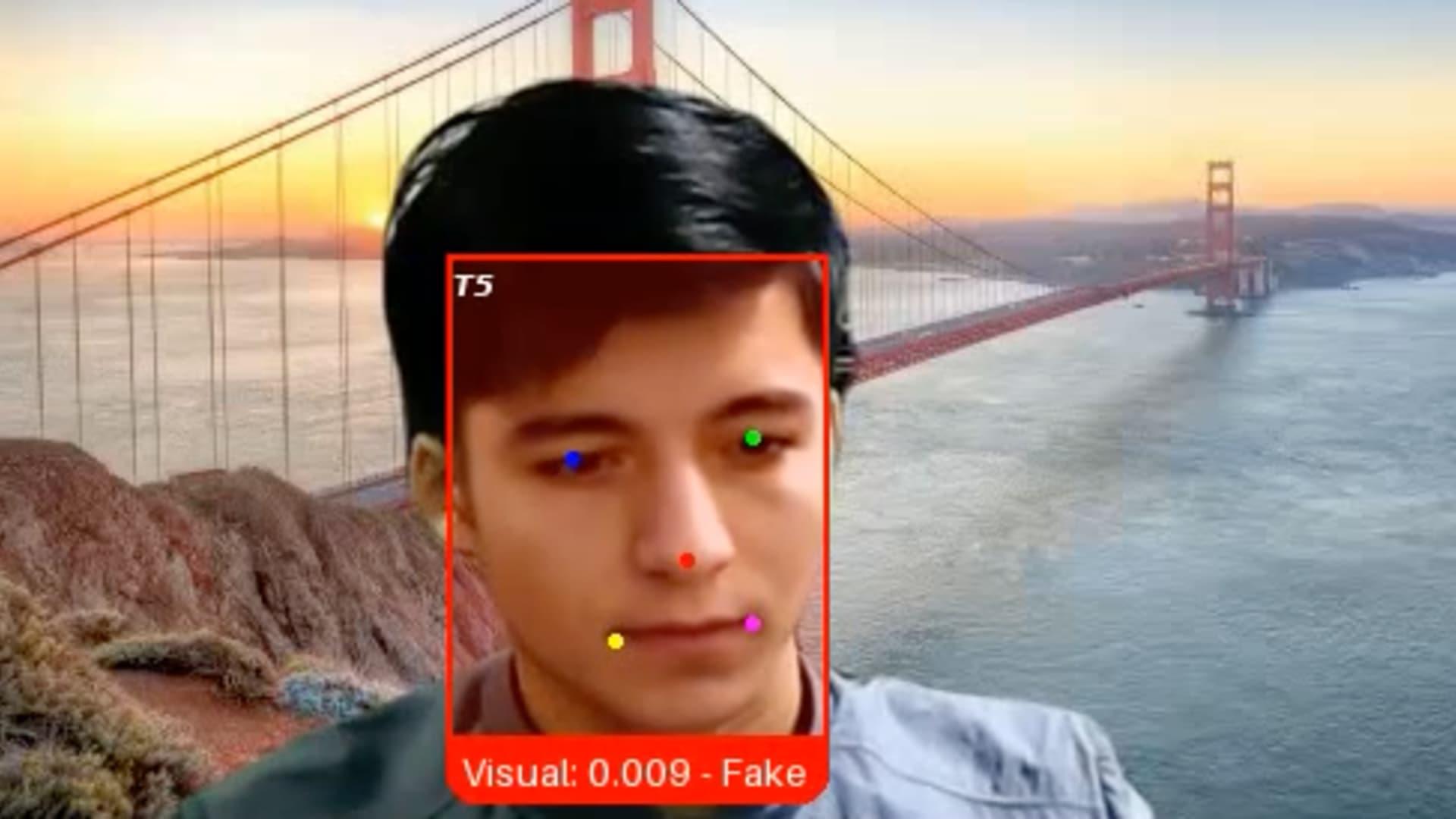
That’s because the candidate, whom the firm has since dubbed “Ivan X,” was a scammer using deepfake software and other generative AI tools in a bid to get hired by the tech company, said Pindrop CEO and co-founder Vijay Balasubramaniyan.
“Gen AI has blurred the line between what it is to be human and what it means to be machine,” Balasubramaniyan said. “What we’re seeing is that individuals are using these fake identities and fake faces and fake voices to secure employment, even sometimes going so far as doing a face swap with another individual who shows up for the job.”
Companies have long fought off attacks from hackers hoping to exploit vulnerabilities in their software, employees or vendors. Now, another threat has emerged: Job candidates who aren’t who they say they are, wielding AI tools to fabricate photo IDs, generate employment histories and provide answers during interviews.
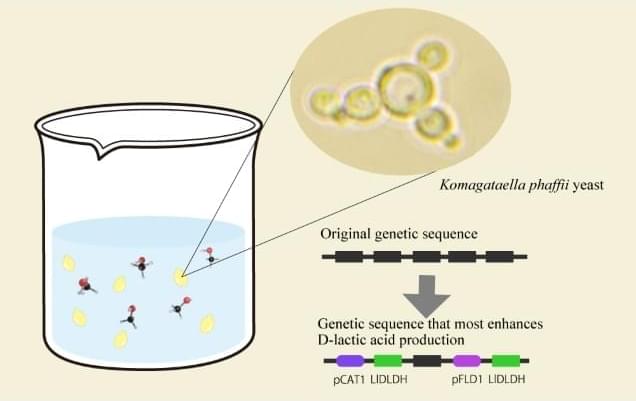
Constructed strain achieves record-high yield from methanol, advancing ecofriendly biomanufacturing. Researchers from Osaka Metropolitan University have discovered the ideal genetic “recipe” to turn yeast into a tiny yet powerful eco-friendly factory that converts methanol into D-lactic acid, a key compound used in biodegradable plastics and pharmaceuticals.
This approach could help reduce reliance on petroleum-based processes and contribute to more sustainable chemical production.
Lactic acid is widely used in food, cosmetics, pharmaceuticals and bioplastics.